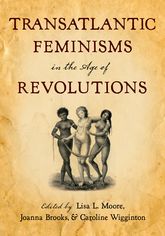Journalism: Print and Periodicals
Print and journalism in the 18th century still
share similarities to news reporting today. In the latter half of the 1700’s,
journalists were writing more on their opinions and expectations of the
government rather than the political positions of the monarchy. Although their
headlines were longer, they were still dramatic, capturing the reader’s
attention such as The
Newgate Calendar’s entry Circumstantial
Account of the Life, Trial, Piracies, and Execution of Captain John Kidd, Who Was
Hanged At Execution Dock. Speaking of audience, the purpose of the print
was to inform its readers of the goings in politics and government. Word of
mouth took weeks and months to receive new information on the happening of the
world around them. Much like today, as seen in The London Magazine, more prevalent issues filled the beginnings of
the pages while gossip and entertainment occupied the final pages. When it
comes to style, there are some characteristics that remain the same when it comes
to magazines and newspapers.
The large print and
cursive script can still be seen today in newspapers such as The
New York Times. There are still
however some differences in the way we now manufacture and publish print and
journalism. Take a look at 18th Century
English Common Press video versus Printing
Today. Today, we receive news just
as quickly as it comes with new technology such as the television, cell phones,
and radio etc. such CNN which are
reported live, an avenue not available during then. Use of satire and cartoon
sketches introduced during 18th century journalism is still around
today in fact heightened to its maximum potential. With all of its similarities and differences,
journalism remains the bridge that fills the gap between society and politics,
making sure to enlighten the reader with all news, good bad and fake.

Comments
Post a Comment